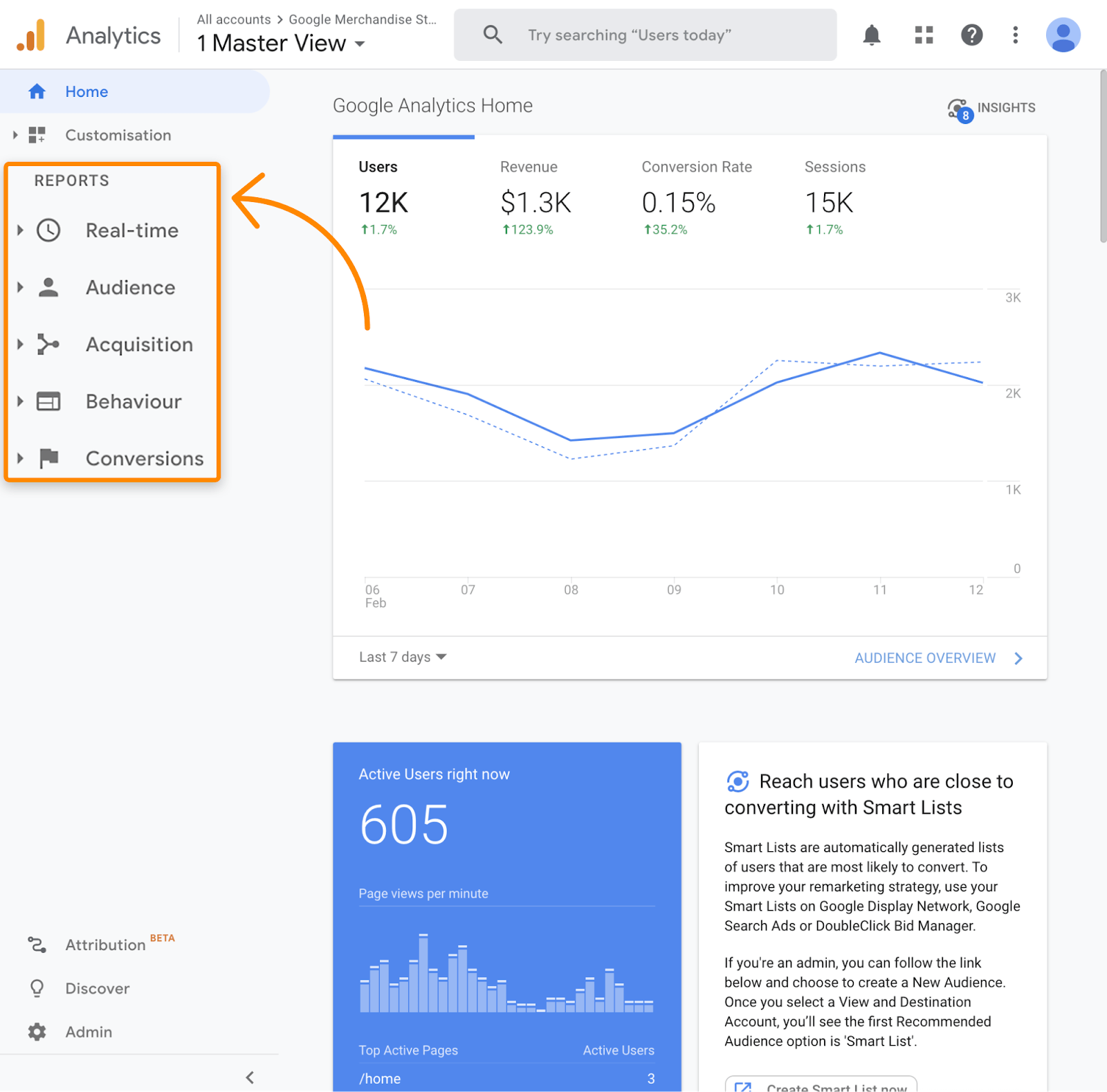A Comprehensive Overview to Secondary Dimensions in Google Analytics: Introduction Its Role in Data Interpretation
Revealing the Impact of Additional Dimension in Google Analytics on Data Evaluation and Insights
In the world of information analytics, the use of additional dimensions within Google Analytics has actually emerged as a critical tool for removing much deeper understandings and unraveling complicated patterns that might or else stay obscured. By peeling off back the layers of key information collections, secondary measurements use a nuanced point of view that improves the understanding of user habits, website efficiency, and the performance of advertising and marketing approaches.
Discovering the Concept of Additional Dimensions
Secondary measurements in Google Analytics offer additional understandings by allowing users to evaluate key information along with an additional quality. This function enables a more extensive understanding of the main information by adding another layer of info for analysis. By including second measurements, customers can dive deeper into the data and reveal important relationships that may otherwise go unnoticed. By combining the key information of website traffic with secondary measurements like demographics or behavior, marketing professionals can acquire an extra extensive sight of their audience and customize their strategies appropriately.
Comprehending the idea of second dimensions is crucial for optimizing the potential of Google Analytics. It allows customers to segment information properly, identify patterns, and make educated decisions based upon an extra complete image of their analytics data. By discovering the different additional measurements offered in Google Analytics, individuals can open brand-new insights and optimize their digital marketing initiatives. Fundamentally, secondary measurements act as a powerful device for enhancing data analysis and driving actionable results.
Enhancing Information Interpretation With Additional Measurements
Having established the fundamental understanding of additional dimensions in Google Analytics and their crucial duty in data analysis, the emphasis now shifts in the direction of leveraging these additional features to improve the interpretation of analytics data (what is a secondary dimension in google analytics). By incorporating secondary dimensions into data evaluation, experts can gain deeper understandings right into user actions, site performance, and advertising and marketing efficiency

Furthermore, second dimensions help in contextualizing key data metrics by providing added layers of info. This contextualization aids in recognizing the 'why' behind the information trends, aiding experts make informed optimizations and decisions to improve general performance. Inevitably, integrating secondary measurements improves the data interpretation procedure, causing even more strategic activities and meaningful understandings.
Uncovering Hidden Insights With Secondary Measurements
Exploring the depths of analytics data with additional measurements exposes beneficial insights that would certainly otherwise stay obscured. By integrating second dimensions in Google Analytics, companies can uncover surprise patterns, trends, and correlations that give an even more extensive understanding of customer behavior and internet site efficiency. These additional layers of data allow analysts to dive much deeper into the main measurements, such as traffic sources or touchdown pages, and get an extra nuanced perspective on exactly how various variables interact with each other.
With making use of secondary dimensions, analysts can section and contrast information throughout numerous measurements, enabling them to identify particular aspects that affect customer engagement, conversion rates, and overall success metrics. By coupling the primary dimension of 'gadget group' with the second dimension of 'age group,' marketing professionals can identify which age demographics like accessing the web you could try this out site with mobile gadgets versus desktops. This level of granularity empowers companies to make data-driven decisions and optimize their approaches for far better outcomes. Eventually, uncovering covert insights via second dimensions enhances the depth and precision of data analysis, leading to even more educated decision-making and improved efficiency end results.
Leveraging Additional Measurements for Actionable Analytics
Building upon the understandings unveiled via additional dimensions in Google Analytics, organizations can currently harness this enriched information landscape to drive actionable analytics and strategic decision-making. By leveraging additional dimensions, companies can delve much deeper right into their data to extract useful patterns, trends, and relationships that may have previously gone undetected. get more This deeper degree of evaluation allows organizations to acquire an extra comprehensive understanding of individual actions, campaign efficiency, and total website efficiency.
One trick advantage of using second dimensions for workable analytics is the capability to sector information based on particular standards. This division allows companies to customize their campaigns and approaches to different target market teams, leading to much more targeted and efficient marketing efforts - what is a secondary dimension in google analytics. Furthermore, additional measurements give an even more alternative sight of customer communications, making it possible for businesses to optimize their site material, style, and general individual experience
Making Best Use Of Decision-Making With Secondary Dimensions
To enhance tactical decision-making in analytics, leveraging additional dimensions in Google Analytics can offer a much more nuanced point of view on individual habits and campaign efficiency. By integrating second measurements into data evaluation, companies can dig much deeper into the specifics of their site visitors' interactions and engagement patterns. This added layer of details enables a much more detailed understanding of exactly how different variables, such as demographics, tools, or website traffic resources, effect essential performance indications.

Conclusion
In verdict, try this site using second dimensions in Google Analytics plays an important role in improving information analysis and revealing covert understandings. By exploring this idea, one can gain a much deeper understanding of user habits and make educated decisions based on actionable analytics. Leveraging second dimensions permits a more detailed analysis of data and optimizes the effectiveness of decision-making procedures.
